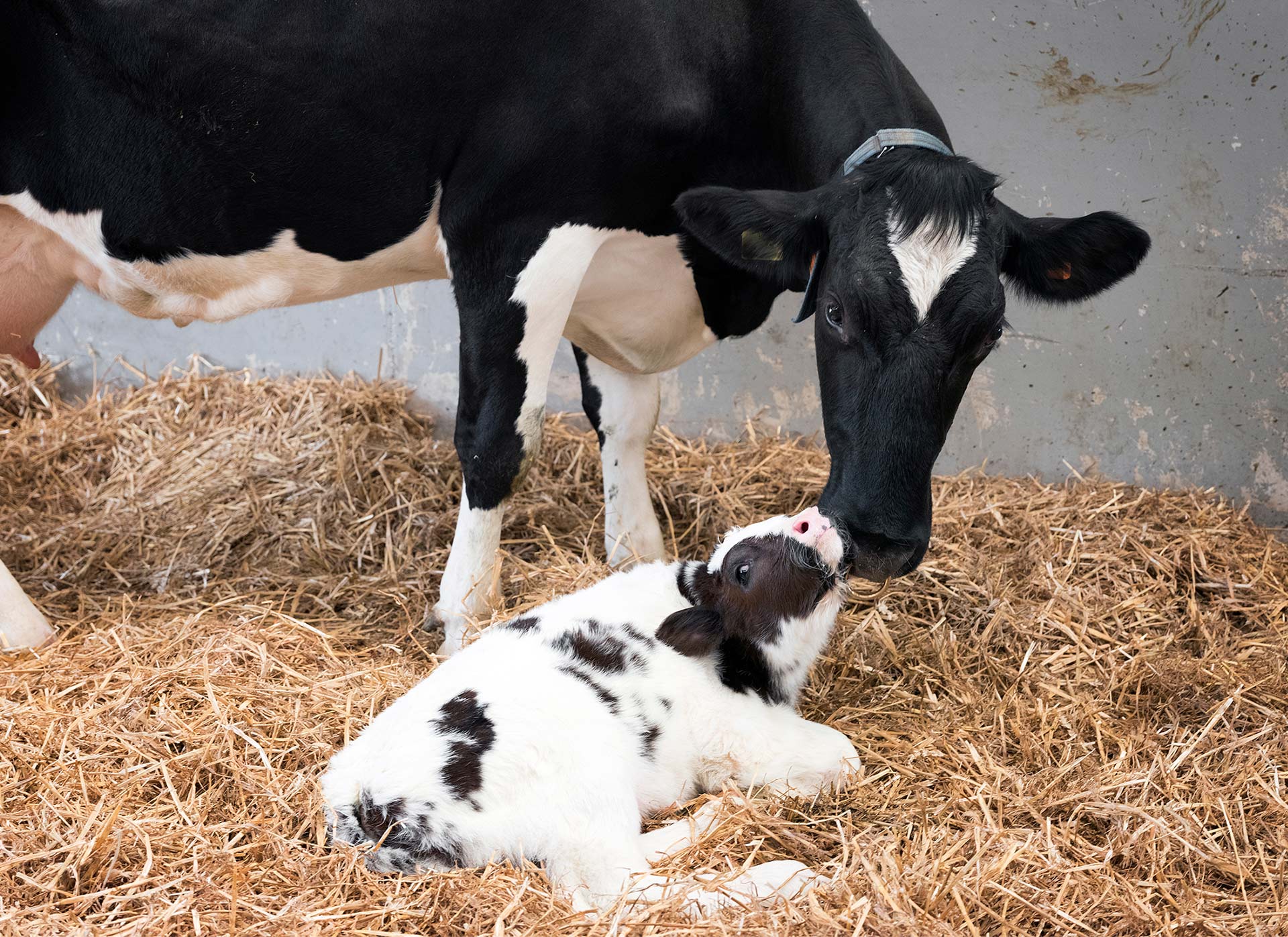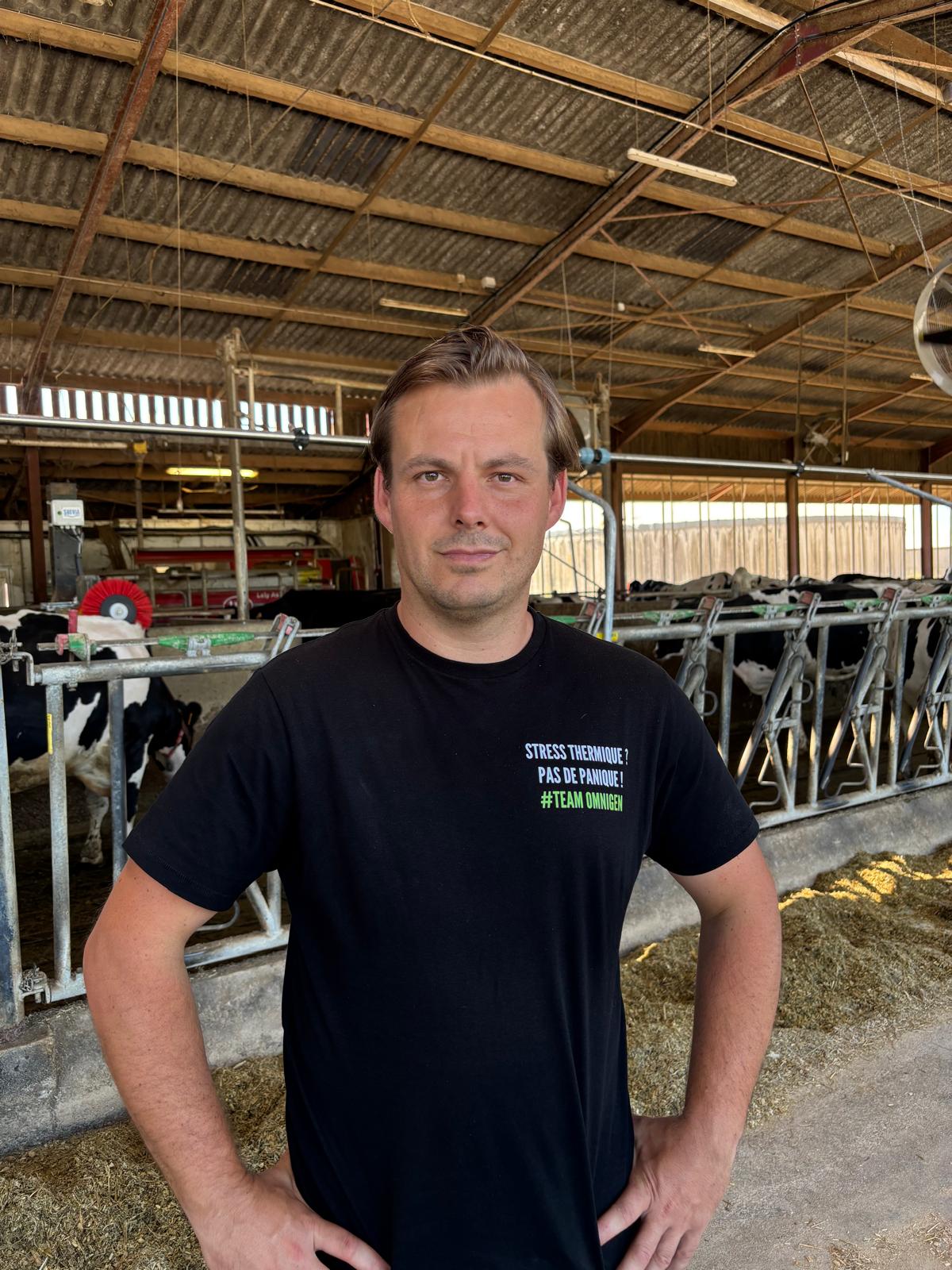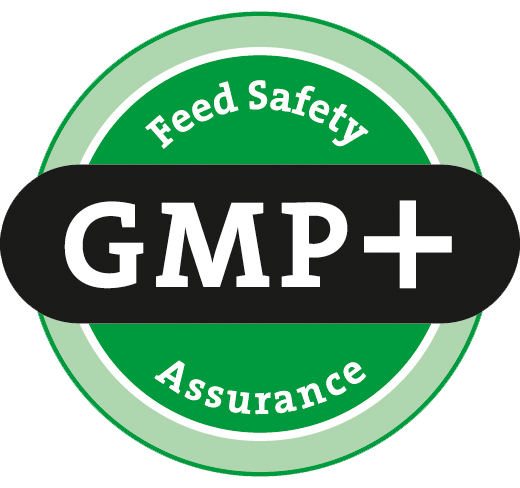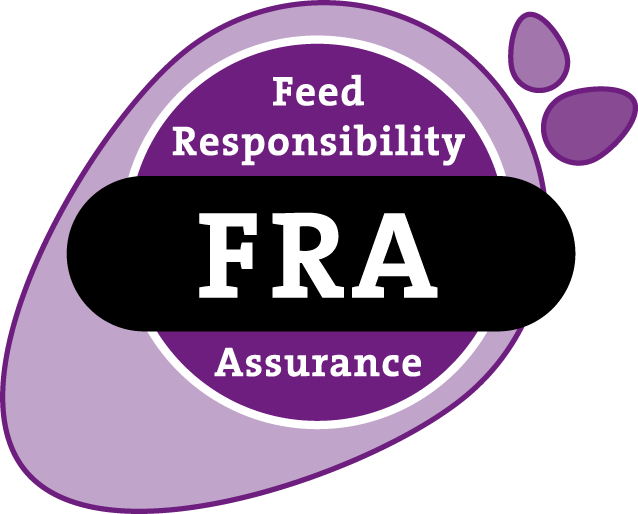Cause and effect
How to prevent milk fever?
A cow’s demand for calcium increases significantly as she gets closer to calving. A large amount of calcium is required for the increased bone growth in the unborn calf and the production of colostrum.
To meet this demand, the cow first takes calcium from its blood. Because this doesn’t suffice, the cow has to mobilise more calcium from its diet and its bones. Most of the time, cows can’t get enough available calcium, leading to (sub)clinical milk fever. In general, older cows are more susceptible to (sub)clinical milk fever than younger ones.
What are the consequences of milk fever?
While clinical milk fever can be fatal, subclinical cases can also have a serious impact as a result of lost milk production and the costs and time involved in bringing the cow back to full health. While obvious symptoms are absent, subclinical cases of milk fever can be the gateway to an increase in mastitis, retained placenta, endometritis, uterine infections and other diseases as a result of the immune system being weakened immune system. This will have an obvious detrimental effect on milk output and can incur significant time, energy and financial costs to return the cow to full health.









